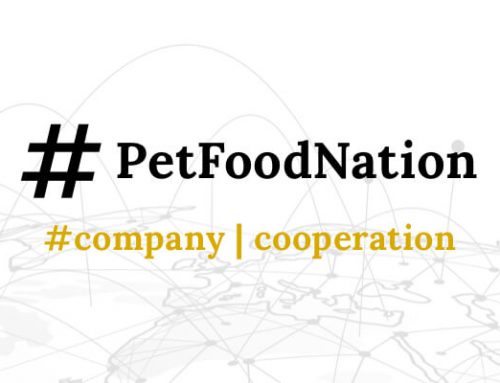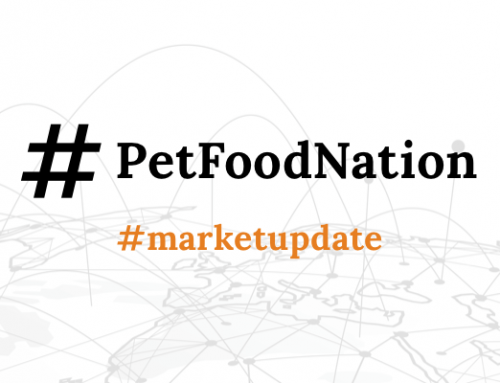In the end of 2019 there was a focus on production facilities preventing the spread of germs. The facilities were aligned to the provisions of the Food Safety Modernization Act. At the beginning of the pandemic the existing measure were fitted to prevent COVID-19 transmission. By now biosecurity and food safety are one of the main issues among pet food facility staff.
“The COVID-19 pandemic forced us to think more about biosecurity in our animal food manufacturing facilities,” stated Gary Huddleston, American Feed Industry Association’s director of feed manufacturing and regulatory affairs. “Some of the same procedures that we put into place to improve worker safety during the pandemic are also excellent biosecurity procedures for improving animal food safety.”
At AFIA’s Equipment Manufacturer’s Conference participants debated how to connect concepts of biosecurity and food security in the age of COVID.
“As we concluded the conference, attendees agreed that our industry can and must do better with regard to improving industry biosecurity and food safety programs,” Huddleston said. “We can accomplish a lot when equipment manufacturers and feed manufacturers work together to improve their facility and equipment design for the future.”
The implementation of specific safety programs is often exacerbated by the conditions of the buildings itself such as age or size.
“Most older facilities were not designed with a lot of biosecurity and food safety procedures and practices in mind, but retrofitting older facilities to take advantage of some of the newer biosecurity and food safety design ideas can be quite expensive,” Huddleston said. “Many within our industry are dealing with this issue along with changing their employee safety culture, which can be a difficult hill to climb.”
Automation and human health get attention in pet food facilites so far. Existing measures were established to prevent germs getting on pet food as well as coronavirus passing between people.
“The ideal flow will account for minimal personnel and material transitions. Reduction of personnel contact and transitions will help protect the workforce. We’re helping clients coordinate and segregate personnel and material movement to the extent possible to enhance safety. In some cases, shared functions such as shift change transitions, breakrooms, parts storage and cleaning may function best segregated or separated.”
Read the full article – petfoodindustry.com




